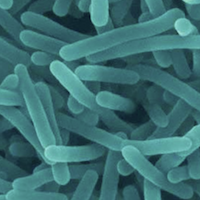Temperature fluctuations along food supply chain: A dynamic and stochastic predictive approach to establish the best temperature value in challenge tests for Listeria monocytogenes

Submitted: 15 July 2021
Accepted: 21 January 2022
Published: 22 February 2022
Accepted: 21 January 2022
Abstract Views: 993
PDF: 355
HTML: 7
HTML: 7
Publisher's note
All claims expressed in this article are solely those of the authors and do not necessarily represent those of their affiliated organizations, or those of the publisher, the editors and the reviewers. Any product that may be evaluated in this article or claim that may be made by its manufacturer is not guaranteed or endorsed by the publisher.
All claims expressed in this article are solely those of the authors and do not necessarily represent those of their affiliated organizations, or those of the publisher, the editors and the reviewers. Any product that may be evaluated in this article or claim that may be made by its manufacturer is not guaranteed or endorsed by the publisher.

 https://doi.org/10.4081/ijfs.2022.9981
https://doi.org/10.4081/ijfs.2022.9981



